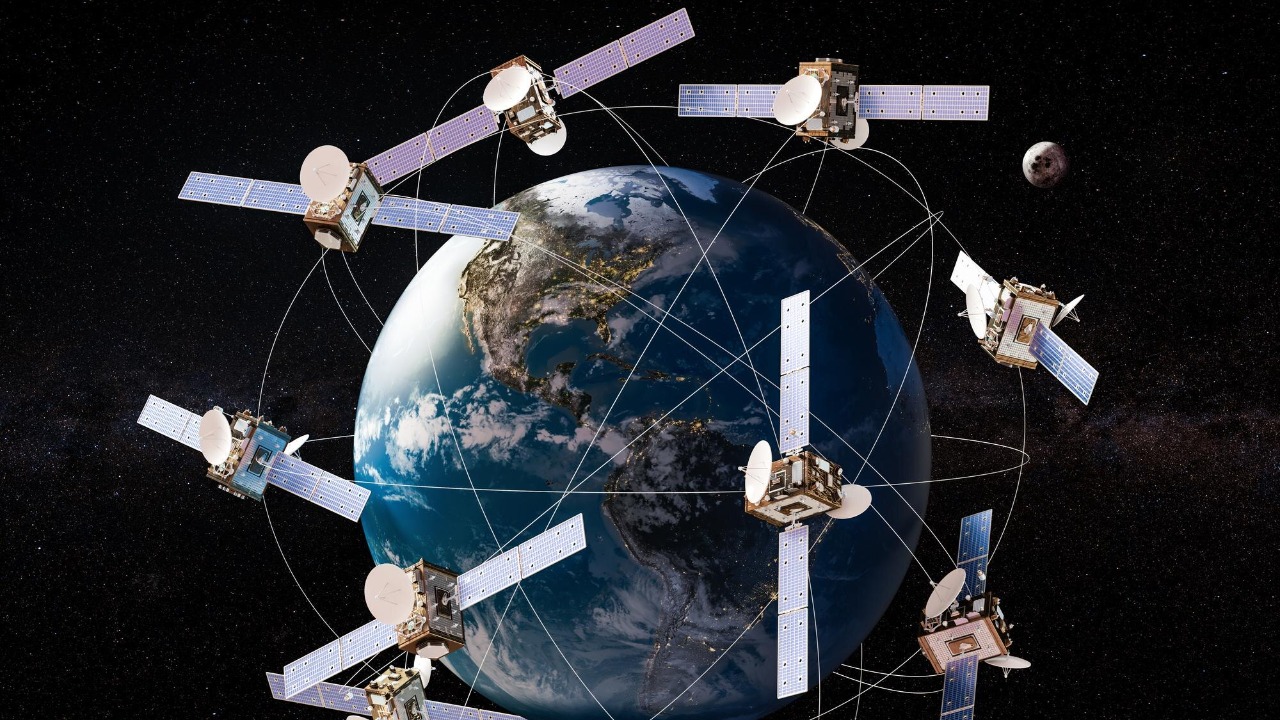
Apple’s satellite strategy, which has been unfolding behind the scenes, is shaping up to be a comprehensive long-term plan aimed at achieving global coverage for its devices. This strategy, which began with the introduction of emergency SOS features in the iPhone 14 in 2022, signals Apple’s intent to expand beyond basic connectivity into broader satellite-based services. By partnering with established satellite providers, Apple is positioning itself to bridge connectivity gaps in remote areas worldwide, potentially transforming how users interact with its ecosystem.
Apple’s Initial Steps in Satellite Integration
The debut of satellite connectivity in the iPhone 14’s Emergency SOS feature in September 2022 marked Apple’s first step into non-terrestrial networks. This feature allowed users to send distress signals via Globalstar’s network in areas without cellular or Wi-Fi coverage. The rollout of this feature in the United States and Canada was followed by expansions to additional countries by 2023, demonstrating Apple’s commitment to global coverage.
Early user adoption metrics and feedback on the technology’s reliability during real-world emergencies have been positive, reinforcing the foundational role of this feature in Apple’s broader satellite strategy. This initial integration of satellite connectivity into Apple’s devices has set the stage for more expansive satellite-based services in the future, as highlighted in recent analysis.
Evolution of Emergency SOS Capabilities
Apple further expanded its satellite services with the introduction of Roadside Assistance via satellite in iOS 17 in 2023. This feature, which included partnerships with AAA for vehicle breakdowns in remote locations, extended the utility of Apple’s satellite connectivity beyond emergency distress signals. By late 2024, Apple had expanded the regions supported by this feature to include Europe and parts of Asia, demonstrating a methodical approach to scaling its satellite services.
Performance improvements, such as faster message transmission times reported in 2025 updates, have further enhanced the user experience of Apple’s satellite services. These improvements are part of Apple’s broader strategy for achieving long-term global coverage.
Partnerships Driving Satellite Expansion
Apple’s satellite strategy has been bolstered by its ongoing collaboration with Globalstar. In 2024, Apple entered into a multi-billion-dollar deal with Globalstar to build out ground infrastructure and secure spectrum rights for enhanced satellite services. This partnership has been instrumental in Apple’s efforts to integrate satellite technology across its device lineup, from iPhones to Watches.
Industry discussions have also speculated about potential ties between Apple and other providers like SpaceX’s Starlink. Such partnerships could allow Apple to diversify beyond low-Earth orbit dependencies and further expand its satellite services. These alliances position Apple to integrate satellite tech across its device lineup without the need to develop proprietary satellites.
Technical Challenges and Innovations
Apple’s integration of satellite technology into its devices has required significant hardware adaptations. Recent iPhone models, for example, have incorporated specialized antennas for satellite communication that balance size, power efficiency, and signal strength. These hardware innovations have been crucial in enabling reliable satellite connectivity on Apple’s devices.
Software optimizations in iOS updates have also played a key role in improving the performance of Apple’s satellite services. These optimizations include improvements in text compression and error correction for low-bandwidth satellite links. Apple has also had to address environmental factors, such as weather interference and orbital mechanics, to ensure reliable service in diverse global terrains.
Strategic Implications for Global Connectivity
Apple’s vision for its satellite services extends beyond emergency features. The company is exploring the potential for satellite-enabled features such as basic messaging and location sharing in off-grid scenarios. This vision reflects Apple’s commitment to leveraging satellite technology to enhance the functionality of its devices in all environments.
Apple’s approach to satellite integration sets it apart from competitors like Samsung and Google, who are also exploring similar technologies. Apple’s seamless integration of satellite services into its ecosystem offers a unique value proposition to users. Based on current indicators, it is projected that Apple could achieve full global rollout of its satellite services by 2030, as observed in a recent analysis.
Regulatory and Market Hurdles
Apple’s global satellite strategy faces several regulatory and market challenges. International regulatory approvals are needed for satellite spectrum use, including decisions from the FCC in the U.S. and equivalent bodies in the EU and China. Market barriers, such as cost structures for users and infrastructure investments, could also delay widespread adoption of Apple’s satellite services.
Privacy and data security considerations are another important aspect of Apple’s satellite strategy. The company has emphasized end-to-end encryption in its satellite transmissions to build user trust. Despite these challenges, Apple’s commitment to its satellite strategy suggests a long-term vision for global coverage that could reshape the future of connectivity.
More from MorningOverview